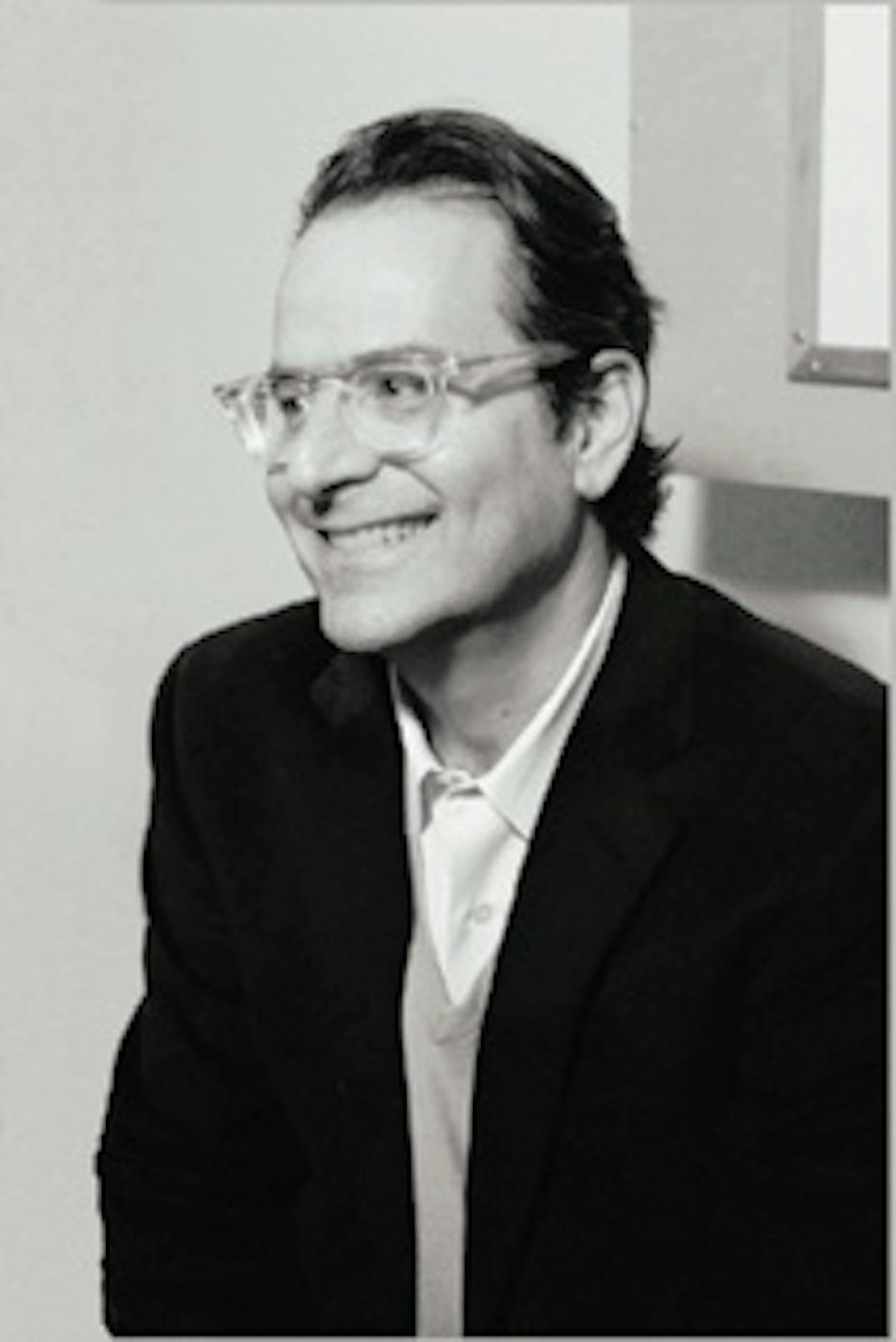With a résumé that includes sound tracks for Up in the Air, School of Rock, and The Hangover, the native New Yorker is one of Hollywood’s go-to guys for music supervision, the job of finding and placing songs in films. Switching roles a bit, he, along with his co-producer, Gelya Robb, has put together Rave On Buddy Holly (Fantasy), a star-studded tribute to one of Lubbock’s most famous sons. The album, which commemorates Holly’s seventy-fifth birthday, features Paul McCartney, Cee Lo Green, Patti Smith, and many others.
You’re an in-demand music supervisor, a job a lot of people think any music fan could do. But there’s a lot that goes into it.
You have to do a lot of business. Not only do you have to choose the right songs, you have to be able to get the rights and afford them.
I’m sure it’s frustrating when you have a great piece of music and you can’t get the rights to it.
You have no idea.
You’ve done a lot of work with two prominent Texas directors, Wes Anderson and Richard Linklater.
I first met Wes when he showed me Bottle Rocket. I’m working on my seventh movie with him, and we start talking about the music even before there is a script. There’s a lot of collaboration as the story is taking shape. Rick and I started working on a movie that he did called SubUrbia; he’s somebody I really value as a friend and a collaborator. I say that Rick is the only person I know who is neither neurotic nor bourgeois, and that’s such a rare distinction that I would do anything for him.
Were you a Buddy Holly fan growing up?
I was. I was brought to Buddy Holly probably by the American Graffiti sound track, then maybe John Lennon’s Rock ’n’ Roll, the Beatles . . .
The lineup on the album is impressive. But one thing that stands out is that, though Holly was a Texan, there are no Texans on the album.
That was our rule: no Texans.
Seriously, how did you select the musicians? Did you have a wish list?
We had a bit of a wish list, and then one thing sort of led to another. I think we wanted to figure out what was missing from the story. There were artists that we wanted to involve; then at certain points opportunity knocked.
You seem to have encouraged nonconventional versions of these songs.
We encouraged the artists to be themselves. Also, we wanted to include the different genres that Holly influenced. I think that pushed us toward some tougher artists. It’s why we ended up with more of a punk-rock feel to certain things.
On some of your projects—this one, the sound track to the Bob Dylan biopic I’m Not There—you’ve become more of a facilitator than a collector. Does this interest you more than assembling existing material?
It’s always fun to make new recordings, but it all goes hand in hand. I certainly have a lot of fun with the traditional music supervision—for instance, on Fantastic Mr. Fox, we ended the movie with the Bobby Fuller Four’s “Let Her Dance.” The nice thing about what I do is that I get to mix it up a little bit and don’t get caught in a routine.
On this album, was there one that got away?
Well, now you’ve made me feel bad that we didn’t have any Texas artists. At one point, we tried to get [Austin musician] Hayes Carll and [Holly’s backing band] the Crickets together, and I forget what happened, but he couldn’t get there or we couldn’t get it together. That would be my only regret.
How hands-on were you in all these sessions?
For the most part, we left it at the session doors. We were very engaged in talking about repertoire, occasionally talking to people about producers if they weren’t set on something. [Both Joe Henry and Jack White make appearances behind the boards.] But I think one of our great skills was to trust the spirit and talents of our collaborators. We brought a lot of really strong personalities to the process, so there was no way that we were going to try to shape them. Nobody took a cookie-cutter approach. We were very lucky.







